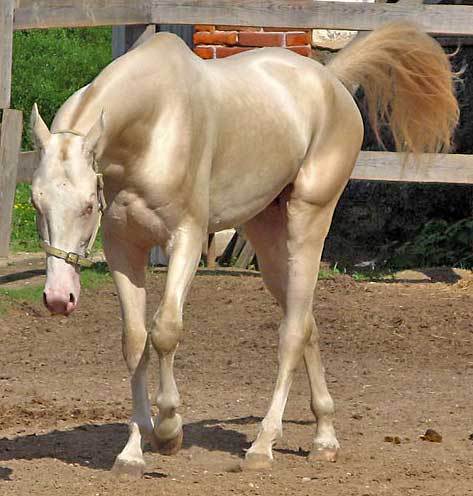I recently read the graphic novel adaptation of Coraline by Neil Gaiman, adapted and illustrated by P. Craig Russell. I think the graphic novel definitely stands up to the creepiness of the book. The style of this graphic novel adaptation is much more attuned to classic American comics, instead of the usual graphic novels I read and have reviewed here.
Coraline and her family have moved to a new house and she's bored out of her mind. She's adventurous and curious-- probably a bad combination. She discovers a bricked-up door that is not actually closed off all the time, and she ends up in.... her house? She discovers her Other Mother and Other Father, somewhat "off" versions of her real parents. These Other Parents love her and want her to stay, but something is wrong, and now Coraline has to use her wits to escape the Other Mother's grasp.
This adaptation struck me as being a rougher style than I was expecting, and more reliant on the text to carry the story instead of the images. Coraline looks older than I envisioned her, and didn't give me the same impression as she did in the original. The representations of the Other Mother and Other Father were more horrific and grotesque as well. It's interesting to think about graphic novel adaptations of novels. I have enjoyed some of them and found them very true to the novels, and while I would say that this graphic novel adaptation of Coraline is true to the novel, I think it's a bit more intense! What you could imagine and picture in the story is visually in front of you, and possibly more graphic than you expected. I read Coraline several years ago now, and I have only most recently watched the stop-animation film adaptation, and I don't think any of the three can really be judged by the same criteria. They each offer a different experience for a different audience.
I think that this was a well-adapted graphic novel, in a style well-suited to a Neil Gaiman work. It offers readers a different experience. The art is dynamic, but simple. The quirky, creepy story works well as a graphic novel. The illustrator utilizes warm and cool palettes to represent different spaces and evoke certain feelings, and pays attention to the details and what colors to make them stand out. The expressions are fairly static, but the text keeps the story flowing nicely.
Fans of Coraline, Neil Gaiman, or P. Craig Russell would likely be interested in reading this adaptation. Readers of horror and fantasy novels and graphic novels are recommended to read this as well. While the comic is not gory, I wouldn't recommend it if you're squeamish about horror elements-- it's one thing to read about it, it's another to see it!
People talk about film adaptations of books quite often, but what do you think about graphic novel adaptations of books? How do you think the adapter develops their version to make it true to the original and a version that can stand on its own?



